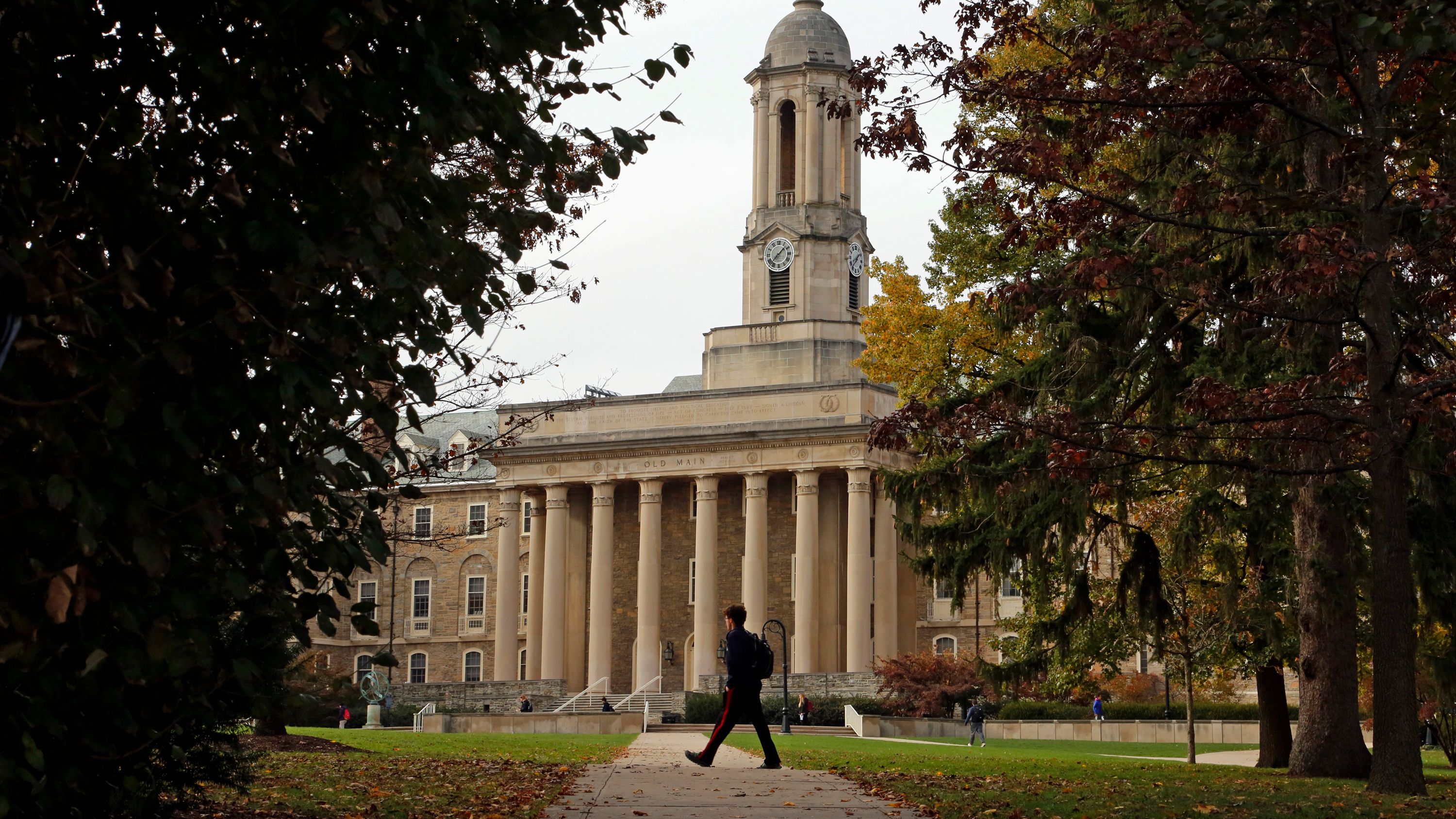Two federal court judges in Kansas and Missouri have paused parts of a student loan repayment plan that the Biden administration launched last year, which lowers borrowers’ monthly payments and provides a faster route to debt forgiveness.
Two lawsuits filed by Republican-led states argue that the Biden administration overstepped its authority when it implemented the SAVE (Saving on a Valuable Education) repayment plan.
Both judges granted partial preliminary injunctions Monday.
Two parts of the SAVE plan will be on pause until the cases are fully litigated.
The Biden administration cannot cancel any more federal student debt for borrowers enrolled in the SAVE plan. Under the plan, borrowers qualify for debt forgiveness once they make at least 10 years of payments. To date, $5.5 billion has been canceled for 414,000 people enrolled in SAVE.
The Biden administration will also be blocked from implementing further provisions of the SAVE plan. In July, millions of people were expecting to see their payments lowered – but it’s now unclear whether those reductions will occur.
“Today’s rulings won’t stop our Administration from using every tool available to give students and borrowers the relief they need,” White House press secretary Karine Jean-Pierre said in a statement Monday night in which she criticized the rulings and said the Department of Justice would work to defend the plan.
On Tuesday, Jean-Pierre said in a post on X that the Department of Justice will appeal both decisions.
“While we continue to review these rulings, the SAVE plan still means lower monthly payments for millions of borrowers - including more than 4 million borrowers who owe no payments at all, and protections for borrowers facing runaway interest when they are making their monthly payments,” Education Secretary Miguel Cardona said in a statement late Monday.
SAVE is one of Biden’s key student loan policies
After the Supreme Court knocked down President Joe Biden’s signature student loan forgiveness program last summer, his administration launched the SAVE plan.
Like existing income-driven repayment plans, SAVE ties monthly payments to a borrower’s income and family size. But the SAVE plan offers the most generous terms, especially for low-income borrowers.
More than 8 million borrowers have enrolled in SAVE so far, and 4.6 million of them have a $0 monthly payment.
Borrowers enrolled in SAVE may also be eligible for student debt relief in a shorter amount of time than under other income-driven plans. Those who borrowed $12,000 or less will see their debt forgiven after paying for just 10 years under SAVE. Every additional $1,000 borrowed above that amount would add one year of monthly payments to the required time a borrower must pay. Under other repayment plans, borrowers must make at least 20 years of payments before receiving debt forgiveness.
The SAVE plan also prevents balances from ballooning due to interest when a borrower has a small monthly payment. If enrolled in SAVE, unpaid interest does not accrue if a borrower makes a fully monthly payment. For example, if $50 in interest accumulates each month and a borrower’s full required payment is just $30, the remaining $20 would be waived.
SAVE is separate from the Biden administration’s efforts to cancel student loan debt for some public-sector workers and borrowers who were defrauded by a for-profit college.
What’s next for borrowers
Borrowers currently enrolled in SAVE can remain in the plan while the merits of the cases are heard. Their monthly payment amounts should remain the same.
But there’s a provision of the SAVE plan that was expected to be phased in next month that may be paused if the litigation is ongoing.
Starting in July, payments on loans borrowed for undergraduate school were set to be reduced from 10% to 5% of discretionary income for those enrolled in SAVE. And borrowers who have loans from both undergraduate and graduate school were expecting to pay a weighted average of between 5% and 10% of their income based upon the original principal balances of their loans.
Also, no more student debt will be canceled for borrowers enrolled in SAVE, for now, even if the required number of monthly payments has been made.
What the lawsuits say
Eleven states, led by Kansas, filed the first lawsuit in late March and another group of seven states led by Missouri filed one soon after.
Some of the states are among the plaintiffs who sued the Biden administration two years ago over its sweeping, one-time student loan forgiveness program.
In the legal challenge led by Kansas, the complaint argues that the SAVE plan “transforms many or most loans into outright grants from the federal government — without any appropriation from Congress.”
In 1993, Congress gave the Department of Education the power to create different repayment plans for borrowers with federal student loans. But the lawsuits say the Biden administration’s SAVE plan goes too far.
“Congress never gave Biden the authority to saddle working Americans with half-a-trillion dollars in other people’s debt. A huge win for the Constitution,” Missouri Attorney General Andrew Bailey said on X Monday.
The estimated cost of the SAVE plan varies, depending on how many borrowers end up enrolling, ranging from $138 billion to $475 billion over 10 years, according to different studies. In comparison, Biden’s student loan forgiveness program was expected to cost about $400 billion.
This story has been updated with additional information and reaction.




